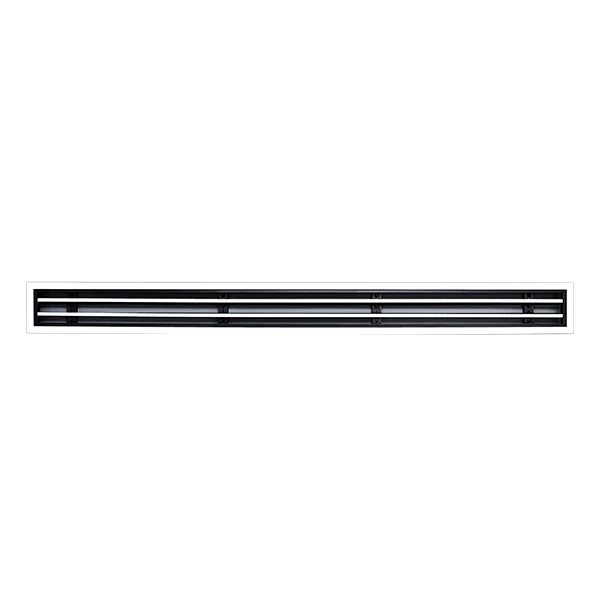Short circuits on circuit boards can be a significant headache for both hobbyists and professionals alike. They can lead to malfunctioning devices, costly repairs, and even safety hazards. Understanding how to diagnose and fix a short circuit is essential for anyone working with electronics. This article will provide a detailed, step-by-step guide on how to effectively identify and repair short circuits on circuit boards, ensuring your devices operate safely and efficiently.
Understanding Short Circuits
A short circuit occurs when an unintended path forms in an electrical circuit, allowing current to flow where it shouldn't. This can happen due to various reasons, including:
- Component Failure: A damaged or degraded component can create a low-resistance path.
- Solder Bridges: Excess solder can create connections between adjacent pads or traces.
- Moisture and Contamination: Dust, moisture, or conductive debris can create unintended connections.
- Physical Damage: Cracks or breaks in the circuit board can lead to shorts.
Step 1: Safety First
Before attempting any repairs, ensure that the circuit board is powered off and disconnected from any power source. Use appropriate personal protective equipment (PPE), such as safety glasses and gloves, to protect yourself from electrical hazards and sharp components.
Step 2: Visual Inspection
Start with a thorough visual inspection of the circuit board. Look for:
- Solder Bridges: Inspect for excess solder that may be connecting adjacent pads.
- Burnt Components: Identify any components that appear discolored or burnt.
- Damaged Traces: Look for broken or lifted traces that may indicate a short.
- Contaminants: Check for dust, moisture, or other debris that could cause a short.
Step 3: Use a Multimeter
A multimeter is an essential tool for diagnosing short circuits. Follow these steps:
- Set the Multimeter: Turn the multimeter to the continuity setting or the lowest resistance setting.
- Test for Shorts: Place one probe on a ground point and the other on various points of the circuit board. A beep or a low resistance reading indicates a short.
- Isolate the Short: If a short is detected, systematically isolate sections of the circuit by removing components or cutting traces until the short is located.
Step 4: Repairing the Short Circuit
Once you’ve identified the source of the short, you can proceed with the repair:
- Solder Bridges: If you find a solder bridge, use a soldering iron to carefully remove the excess solder. A desoldering pump or solder wick can also be helpful.
- Component Replacement: If a component is damaged, desolder it and replace it with a new one. Ensure that the replacement component matches the specifications of the original.
- Trace Repair: For damaged traces, you can use a conductive pen or wire to bridge the gap. Ensure that the repair is insulated to prevent future shorts.
- Cleaning: If contaminants are present, clean the circuit board with isopropyl alcohol and a soft brush to remove any debris.
Step 5: Testing the Repair
After making the necessary repairs, it’s crucial to test the circuit board before reassembly:
- Visual Inspection: Double-check your repairs to ensure everything is secure and clean.
- Power On: Reconnect the power source and monitor the circuit board for any signs of malfunction.
- Functional Testing: If applicable, run functional tests to ensure the device operates as intended.
Preventing Future Short Circuits
To minimize the risk of future short circuits, consider the following preventive measures:
- Quality Control: Use high-quality components and solder to reduce the likelihood of failure.
- Proper Soldering Techniques: Ensure that soldering is done correctly to avoid bridges and overheating components.
- Environmental Control: Store circuit boards in a dry, clean environment to prevent moisture and contamination.
- Regular Maintenance: Periodically inspect and clean circuit boards to catch potential issues early.
Conclusion
Fixing a short circuit on a circuit board requires a systematic approach, attention to detail, and the right tools. By following the steps outlined in this guide, you can effectively diagnose and repair short circuits, ensuring the longevity and reliability of your electronic devices. Remember, safety is paramount, so always take precautions when working with electrical components. With practice and patience, you’ll become proficient in troubleshooting and repairing circuit boards, turning potential disasters into learning experiences.


More Stories
Cat7a S/FTP Network Cable in High-Density Data Transmission Environments
UHF RFID Readers for Asset Management
Does a 4G Industrial Grade LTE WiFi Router with SIM Slot Work as a Reliable Wireless WAN Gateway?